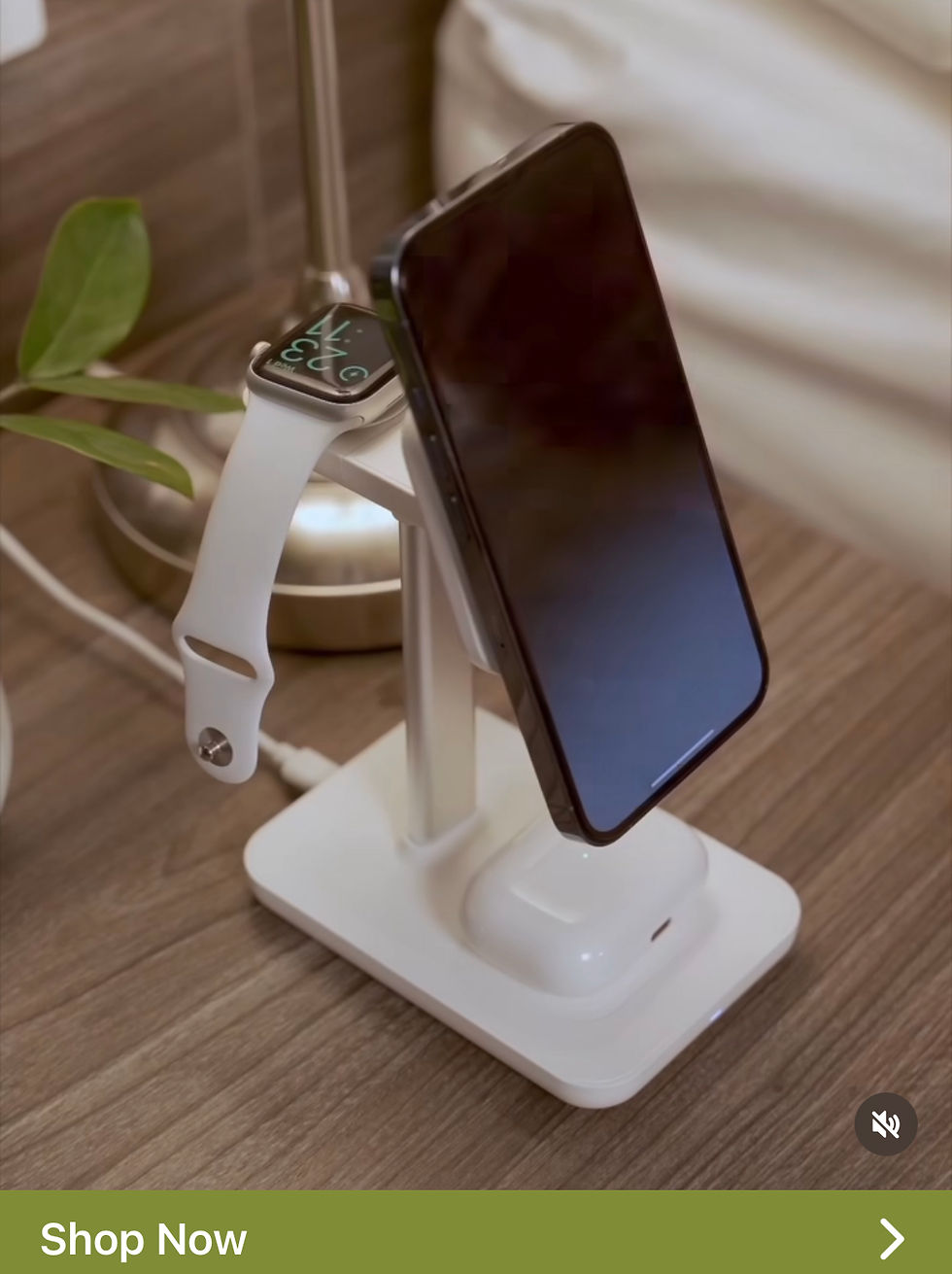What does a "healthy plate" look like?
- Kelly (@gingercures)

- Dec 19, 2018
- 2 min read
Updated: Jan 4, 2021
The key to a HEALTHY PLATE is to focus on food variety, proportions, and quality. While the media often pushes people to cut out fats and to not eat carbs - the key to a healthy diet does not hinge on eliminating these foods, but rather on picking the best sources of carbs, fats, and proteins.
First: stick with whole foods as much as possible (foods that most closely resemble its natural form). The more a food has been processed, the more goodness has been stripped away.
Second: increase amount of plant foods (fruits, vegetables, legumes, and whole grains) rather than eating large quantities of meat. Think of meat as an accompaniment, not the centerpiece of your meal.

Here is what a Healthy Plate should look like:
½ plate: non-starchy vegetables (PRO TIP: put veggies on your plate first). About the size of 2 fists, or 2 cups.
¼ plate: starches (approx. size of 2 golf balls). Starches (also known as complex carbohydrates) contain a wealth of beneficial nutrients, including fiber, vitamins, minerals and phytonutrients. Choose nutrient-dense options such as whole grains, starchy vegetables and legumes.
¼ plate: protein. If you eat meat, the size of meat should be no bigger than the palm of your hand. In a vegetarian diet, proteins can also be starches, so make sure you get variety on your plate (for example, do not just replace your protein and starch portions with one kind of legume).
You should also incorporate 2 TBS of healthy fats at each meal. We need these for lowering our stress levels, increasing energy levels, preventing hair loss, preventing poor eyesight, etc. Some examples include: avocados, butter/ghee, coconut oil/avocado oil, extra virgin olive oil, and omega-3's from fish.
This is all good for lunches and dinners – but what about breakfasts, you ask? :)
Here is an example of a healthy plate breakfast (overnight oats):
Starch/grain: 1/4 cup steel cut oats
Protein (& also healthy fats): add some pumpkin seeds, peanut butter, chia seeds/hemp hearts to your oats
Non-starch veggie: You can either use it in a separate smoothie or make up for it in a later meal. Suggest you swap out veggies for fruits (berries) here.





Comments